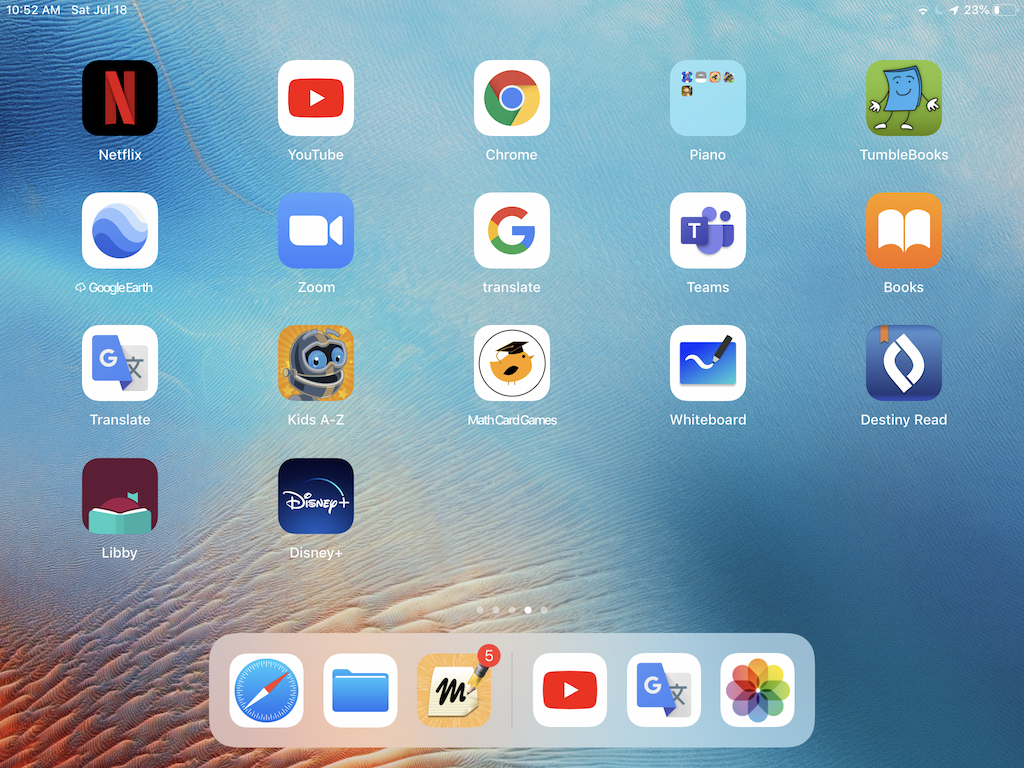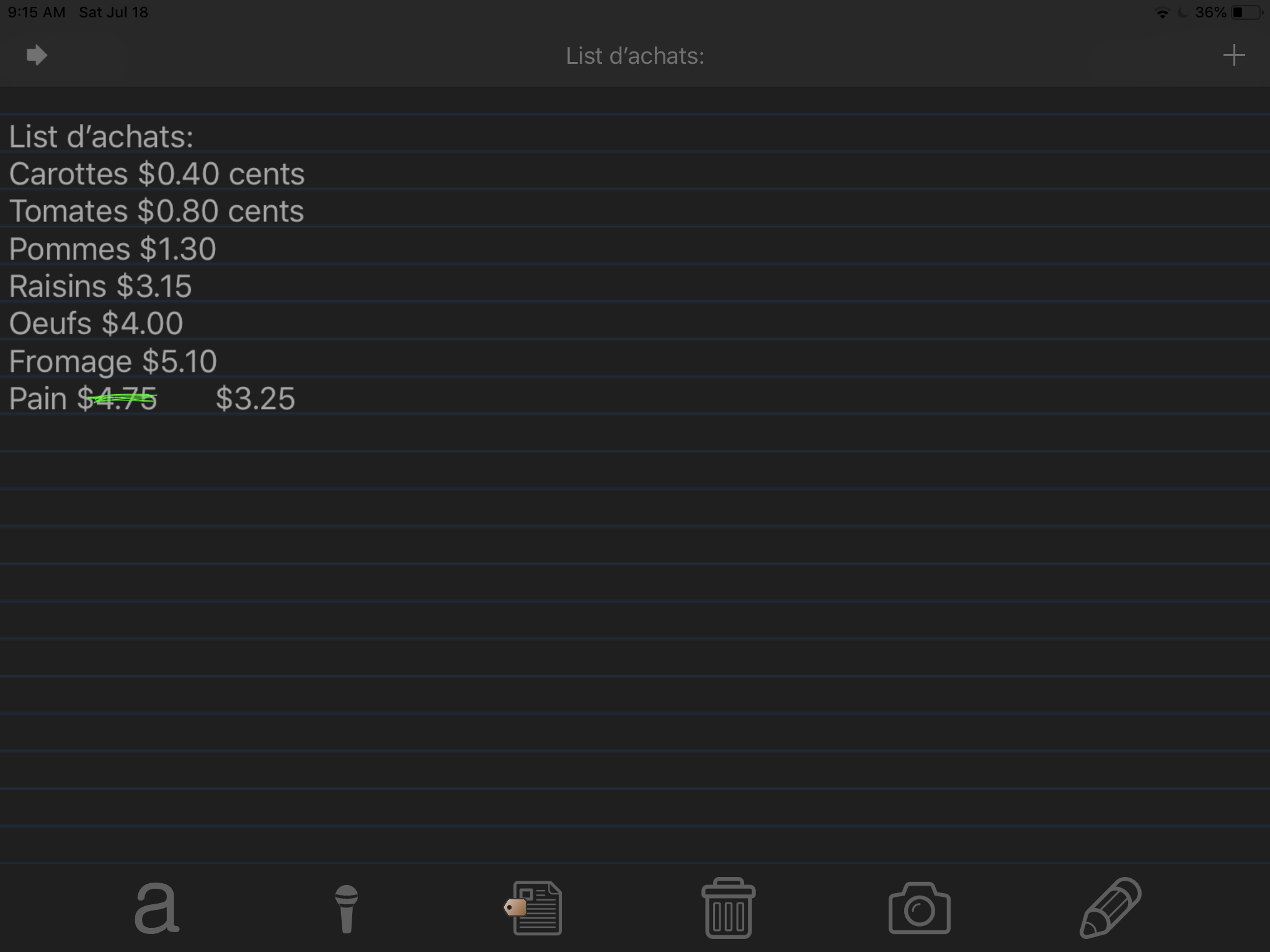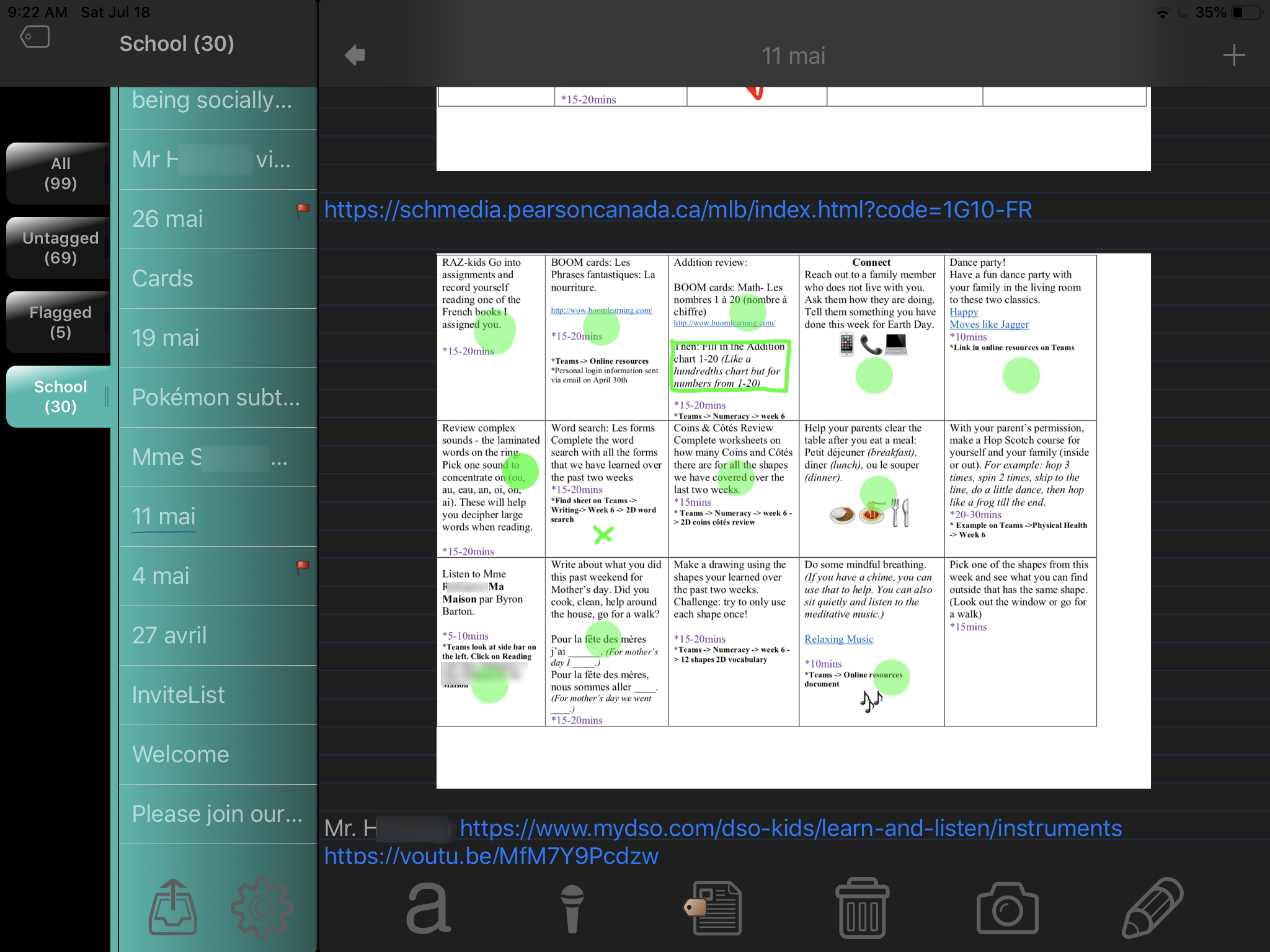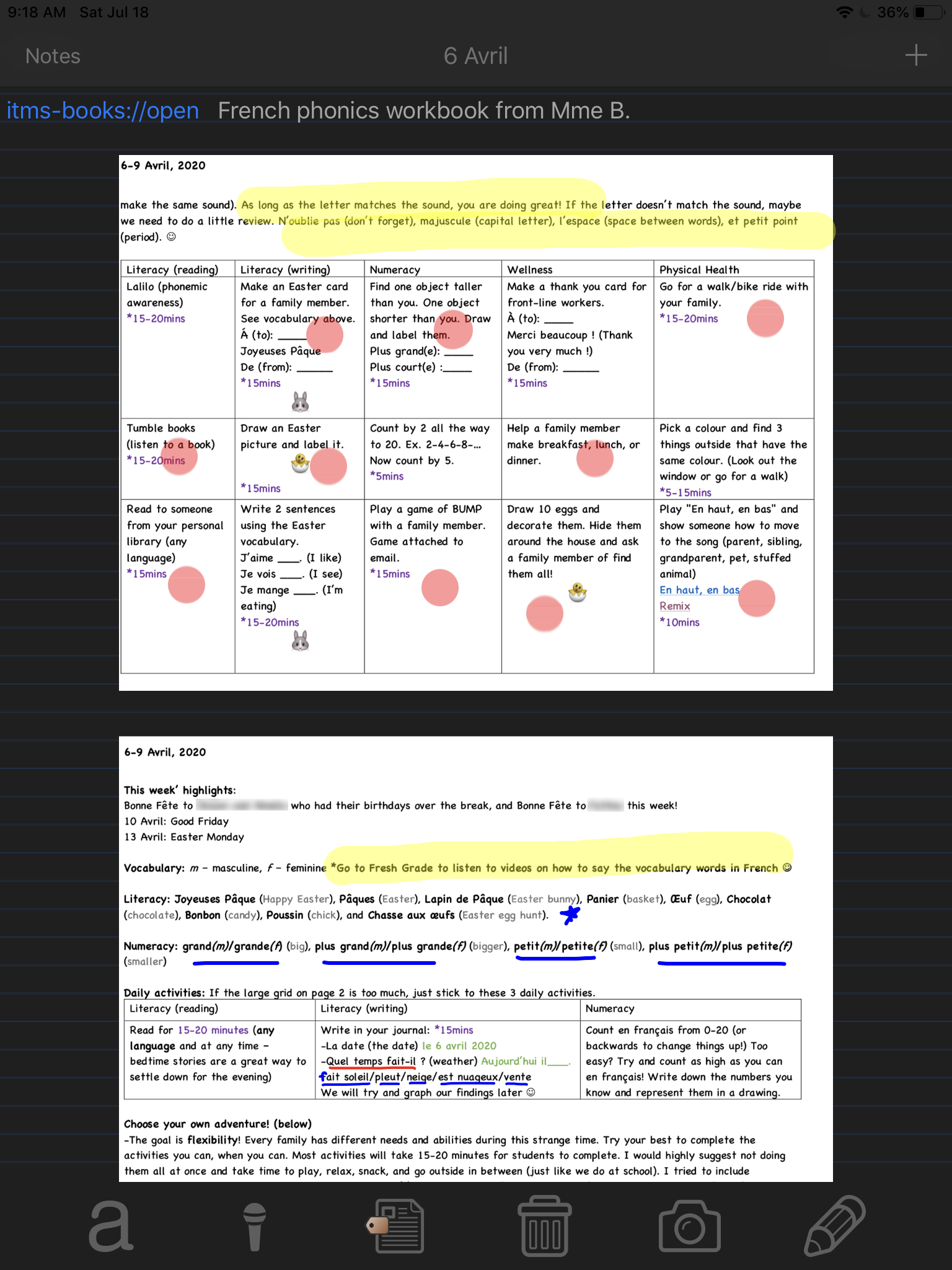It has been a very, very long time since I’ve written a personal post about how I’m using Mental Note. In fact, you’d have to go all the way back to the beginning – the very first post about Making Mental Notes way back in 2009 to read about how that young, original Mental Note was so useful to me way back then. Through the years, Mental Note has continued to be my go to place for capturing thoughts, ideas, moments big and small; it continues to be one of my most used apps.
Many months ago, schools suddenly closed after Spring Break and parents were thrust into the world of home schooling. I too found myself in that same boat. As a parent of a young Elementary school student, I found myself making enormous use of an iPad – more so than ever before. The iPad was our connection to our family’s school: assignments that arrived over email, video chats with teachers over Teams, access to the library’s digital materials, video messages and assignments from teachers, and Mental Note for iPad to organize it all. The iPad became our lesson planner, our translator (we’re in a French Immersion program), our communicator, our library, our music class, our progress tracker, our idea capturer. It really was our window to the school, and mentally I associated that iPad with “School”. With so many different technology platforms being used for everything coming out of the school, we needed one common place to keep track of it all. Mental Note delivered for us.
Before we get into how we used Mental Note, let’s take a look at the environment we set up. This is our “school screen” on that iPad – everything we needed to survive the new reality of schooling at home.
You’ll notice some “treat” / “reward” apps like Netflix, but even that was configured with French as the default language profile so shows play in French by default (if supported), and the whole interface is in French too such that there’s still some learning going on even when accessing and watching cartoons. I should add that I also made tremendous use of my TV, with an Apple TV and Chromecast attached, but not always how you might think. Yes, there were times when the kids had to be put in front of the TV for a cartoon, (hopefully in French; which, I might add, they actually enjoyed the novelty of). But more interestingly, I made a lot of use of the TV as a digital whiteboard, and as our big video conference screen. We mainly worked in or near the same room as the TV screen, and frequently displayed classroom materials on the TV via either the Apple TV screen mirroring feature of the iPad (for all apps we used), or through Chromecast (for something like YouTube for example).
“Reading, ‘riting, and ‘rithmetic”
In our class, the kids were learning to read and write, and they were learning their numbers and addition and subtraction. It was easy to type out (or copy and paste from Google Translate) a phrase into Mental Note and mirror that to the TV via Apple TV, for the student to practice writing by copying, or to practice reading. One way to mirror the iPad to the TV is to swipe down from the battery indicator in the top right status bar, then select Screen Mirroring > Apple TV. With the iPad mirroring to the TV, it is possible to display the phrase directly from Google Translate (tap the button to the left of the copy button), but it doesn’t include sketch pen markup like Mental Note does, which can be helpful to highlight certain aspects of the phrase that you’re trying to teach. Having a large digital notepad type of whiteboard surface in your house also has a kind of excitement factor for the young student too.
When we were learning about money, it was easy to put together a quick “digital sign board price list” to cast over to the TV.
When we were doing an addition or subtraction exercise (or any worksheet assignment) it helped to bring it into Mental Note to keep everything in the same place, and to have some fun with it too.

Assignments were mainly sent to us via email. By screenshotting the relevant parts of the assignment, we could add those into a note, highlight the important parts, add any additional textual information, include any relevant links, and we’d have our lesson plan for the week. Throughout the week we’d return to these lesson plan notes to figure out what to work on next, and we’d use the sketch pen to cross-off or mark-off things that we’d completed. I found using the Mental Note highlighter tool like a “bingo marker” was a quick way to mark something as done, and it offered a somewhat “rewarding” feeling checking off that item. It was also helpful to see the checked-off item through the “bingo mark”, (since the highlighter has a transparency to it), so we could see what we had completed. This was a nice alternative to “scratching out” an item with the sketch pen because you can’t see the item through the “scratches”. Notes like this were indispensable as we moved from week to week through this home school adventure. Mental Note search also allowed us to go back to previous weeks to find something we’d made a note of in previous weeks.




Who knows what will happen once school starts up again (hopefully) in September. If we are back to home schooling, we will certainly keep ourselves organized with Mental Note.





